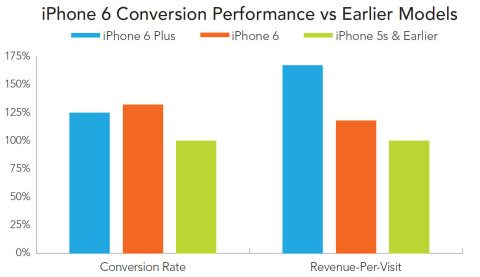Editor’s Note: The ecosystem of big data analytics, and its intersection with mobile networks and cloud computing has increasing relevance to wireless in areas that include service assurance, customer experience management, mobile marketing, location-based services and more. Here is a look at the week’s big data news.
— Customer experience management and network analytics company Accanto Systems has agreed to acquire InstantCEM, which provides an app for device-based communication about a customer’s experience. Accanto said that the purchase will make its OSS CEM toolkit the first to provide “complete customer and network-centric visibility, utilizing crowdsourcing and two-way customer communication, combined with quality of experience (QoE) analytics for each individual subscriber.”
Accanto already works with more than 20 operators, including Vodafone, Orange, Three, MTN and Elisa. The company said it will be developing and operating InstantCEM’s mobile software to run on commercial mobile devices and PCs.
“A critical component in assessing customer experience is to gather data from as close to the user as possible. InstantCEM provides Accanto systems with this capability, enabling more accurate correlation of network issues to the impact that they have on the customer. This ‘outside in’ approach coupled with Accanto’s ‘inside out’ approach makes for a strong market proposition,” said Justin van der Lande, principal analyst for Analysys Mason, in a statement on the acquisition.
Financial terms were not disclosed.
— SAP announced this week that it is going to be releasing new versions of its workforce mobile apps for enterprise asset management and field service, formerly known as Syclo mobile apps. New versions of the SAP Work Manager, CRM Service Manager, Inventory Manager and Rounds Manager mobile apps are expected to be available during the fourth quarter of 2014.
– A new report from real-time advertising company Taykey compared ad campaigns to popular trends and found that those campaigns aligned with “unpredictable news items” like the launch of LG’s smartwatch, Apple’s iCloud breach, pre-orders for the latest Call of Duty video game and tweets from J.J. Abrams about the Millenium Falcon had significant levels of audience engagement — as much as 500% above the industry average, according to Taykey. The company said that 20% of the display ads that it tracked came from campaigns that focus on technology “micro-trends” in real time.
Taykey found that successful video ads on mobile and desktop devices had very different drivers, with only 50% overlap between the two platforms — and it said that trend-targeted video ads on desktop outperformed ads on mobile.
Adam Kapel, SVP of marketing and insights for Taykey, said that while advertisers tried to tie their ads to the iPhone 6 launch, that launch “did not even make it to our top 10 list of Q3 trends.”
— And speaking of advertising on mobile, the latest report from RKG assessing digital marketing spending and results says that mobile devices (which includes both smartphones and tablets) now get 38% share of both paid and organic search traffic. Smartphone ad spending was up 117% year-over-year — despite the fact that the revenue-per-click metric for smartphones is 66% lower than that of desktops. RKG also found that 42% of site visits driven by social media came via mobile devices, which was up 13% from the same time last year.
The report also had some interesting early stats on conversion rates for the iPhone 6 compared to earlier models:

— Earth Networks, the parent company of the Weatherbug Web site and mobile app for weather information, has been granted a patent for technology that relies on the use of sensor-based lightning strike data to power weather alerts. The Dangerous Thunderstorm Alerts (DTAs) are based on data collected from the Earth Networks Total Lightning Network of more than 800 sensors worldwide that gather information on cloud-to-ground and in-cloud lightning and is used by organizations such as the National Weather Service, NASA and the Federal Aviation Administration. When lightning strikes reach a certain threshold, the DTAs are automatically generated and sent via smartphone or Weatherbug data feed — smartphone alerts are already available in the U.S. via the Spark feature on the company’s mobile app, which generates them based on a user’s current and saved locations.

